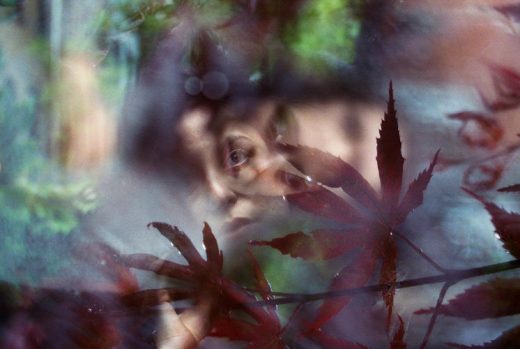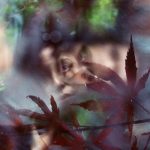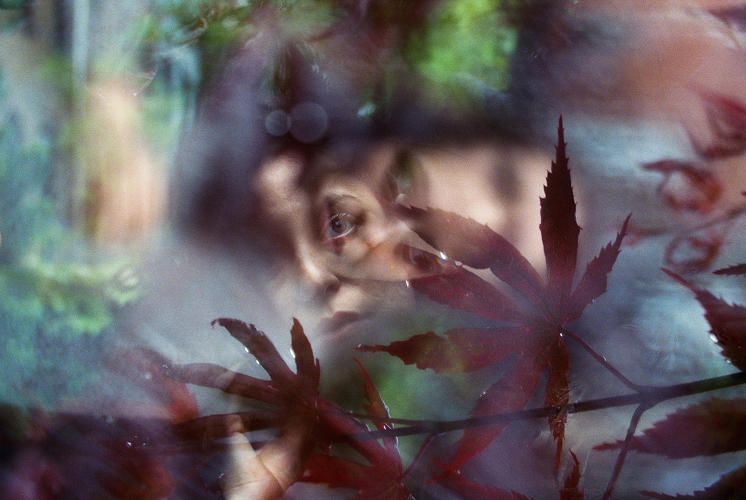Why Photographers Are Flocking To This 19th-Century Technology
Geoffrey Berliner knows a thing or two about old camera lenses. A photographer and the executive director of the Penumbra Foundation in New York, he exudes professionalism as he pulls an antique brass lens from his bag, peers down through his square-framed glasses, and easily rattles off facts about its architecture and history. The lens is called the Achromat, and when it was developed in the 1830s, it was one of the first camera lenses ever used. At the time, it allowed photography pioneers to create sharper images in the tedious photo-making process known as daguerreotype, a time-consuming technique that was used before the advent of film. Berliner collects vintage lenses like this one, sometimes using them on modern cameras. But increasingly, he can keep his valuable antiques stored safely on a shelf where they belong.
That’s because the Achromat lens, and other vintage lenses like it, are making a comeback. In mid-November, Lomography—the art movement-turned-company that popularized the Lomo camera and now specializes in analog photography—started shipping its remake of the Daguerreotype Achromat lens to more than 2,000 people who backed its creation on Kickstarter. The lens, which is designed to latch onto modern SLR cameras from manufacturers like Nikon, Canon, Sony, and others, blew through its $100,000 funding goal in a few hours and wound up raking in a total of $927,000.
Professionals like Berliner, who beta-tested the new Achromat lens while it was still under development, are immediately able to recognize its versatility. “The Achromat is a great lens because it can give you sharp focus and soft focus, and it can give you bokeh,” Berliner says, referring to the out-of-focus areas in a photograph. “Once you understand what the optics can do, then you have more ability to express yourself.”
Like Lomography’s other vintage-style art lenses, the Achromat is based on original schematics designed nearly 200 years ago. (The company’s recent Petzval lenses were also massive Kickstarter successes.) Other than the mounting mechanism that allows it to fit on modern camera bodies, the lens eschews autofocus and other technological conveniences in favor of a manual focus knob and a set of metal, interchangeable plates that control the aperture (the size of the hole that lets light in) and influence the level of blurriness in the background.
The result is a lens that may feel tedious to use compared to those on today’s cameras, but that can result in images one would otherwise be hard-pressed to create without modern-day digital tools like Photoshop, VSCO, or Afterlight. Like the Petzval lenses, the Achromat composes images with shallow depth of field—that is, blurry backgrounds and foregrounds with colors that almost bleed together like a painting. Points of light in the background take on the bulbous shape of the lens’s aperture. And with the aid of additional, noncircular aperture plates, those light blobs can look like stars or other odd shapes as well.
“The idea is to have many different attributes and characteristics in a lens and not just one,” says Berliner. “They become sort of like paintbrushes you can use. You’re painting with light.”
A Quaint Throwback
More so than the Petzval lenses, the Achromat lends itself to a softer composition overall. Back in photography’s early days, lens designers had not yet grown obsessed with making images as sharp as possible, primarily because the technology didn’t allow for it. What emerged an imperfection to be designed away—the soft, imperfect focus of the earliest lenses—now feels like a quaint throwback to a fuzzier aesthetic, one that our iPhones and digital cameras are too close-minded to re-create on their own. It’s not that each image produced with the Achromat lens is an abstract, indecipherable blur—although they can be if you defocus the lens. Rather, they retain substantial points of sharpness with a subtle haziness along the edges. Just like with any camera lens, the degree of this blur-to-focus ratio depends on the size of the aperture: The wider the aperture, the lower the depth of field.
That’s what attracts devotees like Emily Soto, a fashion and portrait photographer who, along with Berliner, was part of a small group of photographers who tested the lens during its development. “I love it because I do like the soft focus,” Soto says. “My inspirations are a lot of fine-art film photographers that still shoot for Vogue Italia and a lot of really cool clients. I love that it gives that really dreamy effect.”
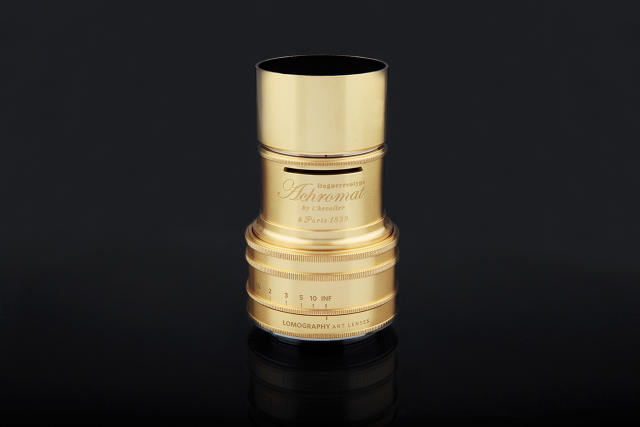
Soto and Berliner recently shared their work and experiences at an intimate launch event at Lomography’s tiny store in New York’s Greenwich Village. It’s here that the company sells its art lenses and instant cameras, sells various types of film (including deliberately modified rolls that result in unique textures and distorted effects), and peddles all manner of accessories designed with Lomography’s mission in mind: enabling creative, analog, and experimental photography.
Retro Success Story
It may seem counterintuitive in the age of Snapchat and selfie sticks, but Lomography has managed to turn niche interest in analog photography and old-school camera technology into a sustainable business. And it’s not just gray-haired veterans of the medium flocking to the company’s wares. Their Polaroid-style instant film cameras are snatched up by hipster millennial types in Urban Outfitters stores all over the world.
The company, founded by former Austrian art students Matthias Fiegl and Sally Bibawy, was originally started in 1992 as a nonprofit photographic association after they helped build a cult following around the Lomo LC-A, a Soviet-era film camera known for the unique character of the images it produces. After the Soviet Union fell, Lomography managed to acquire the rights to manufacture the camera itself. It was the first of many retro camera revival projects that—in addition to photo exhibitions and a 10-point philosophy devoted to creative, casual photography—would become the heart of what this unusual little company does.

In more recent years, Lomography has become increasingly enamored with lenses from the earliest days of photography. When their idea to revive the 19th century-style Petzval lenses became a Kickstarter sensation, they knew they were onto something. Its research and product teams, split between Vienna and Hong Kong, quickly got to work on exploring ideas for new vintage lens re-creations, ultimately settling on the Daguerreotype Achromat art lens. Once again, the idea was a hit on Kickstarter, resulting in not just a windfall of funds, but valuable insight and requests from photographers eager to give their work a hazier, more experimental flavor.
Vintage lenses and retro film cameras are, of course, not for everyone. But to many pro photographers and hobbyists, there’s a special allure in the idea of stealing some creative control back from computerized machines and letting your own brain and hands call the shots. It’s also a decidedly slower process: With Petzval and Achromat lenses, you manually turn the focus knob until the image is sharp. With film photography, you wait for the images to be developed. It’s not unlike how one might listen to 99% of the music they hear on a streaming service like Spotify, but still enjoy the sonic warmth of and sit-and-listen style of vinyl records on the weekend. As life gets more and more digitized and connected, there’s increasingly something to be said for stepping back, taking a breath, and doing things the old-fashioned way.
In the photography world, the dichotomy between old and new doesn’t mean having to choose analog over digital, or vice versa. As Lomography’s success indicates, there’s plenty of room for image-capturing toolkits that offer a variety of options and effects. “With photography, it’s an endless pursuit, a jigsaw puzzle with infinite pieces,” says Berliner. “So why not let yourself learn something new? Find a different palette and learn.”
Examples of photos shot on the Lomography Daguerreotype Achromat Art Lens
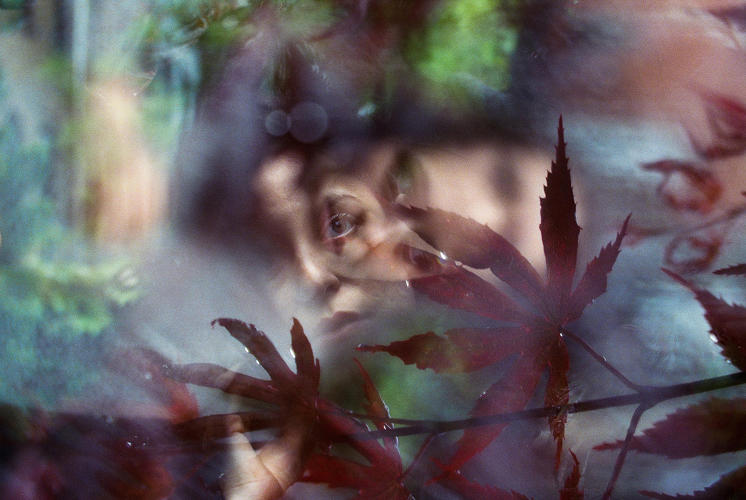
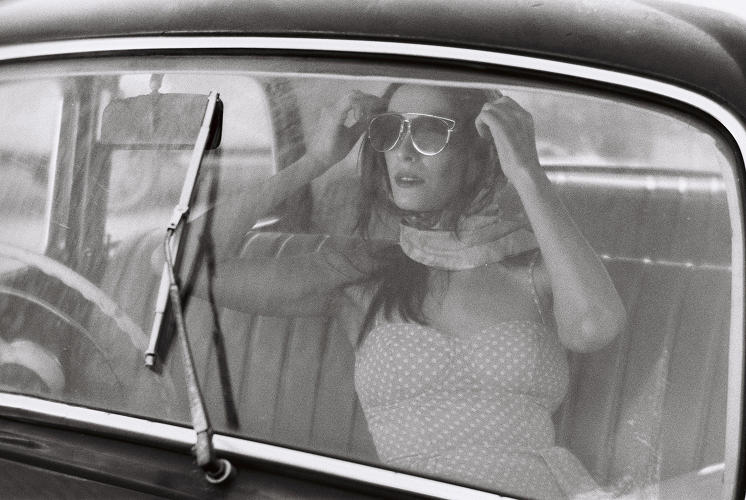
the Lomography Daguerreotype Achromat 2,9 – 64 Art Lens
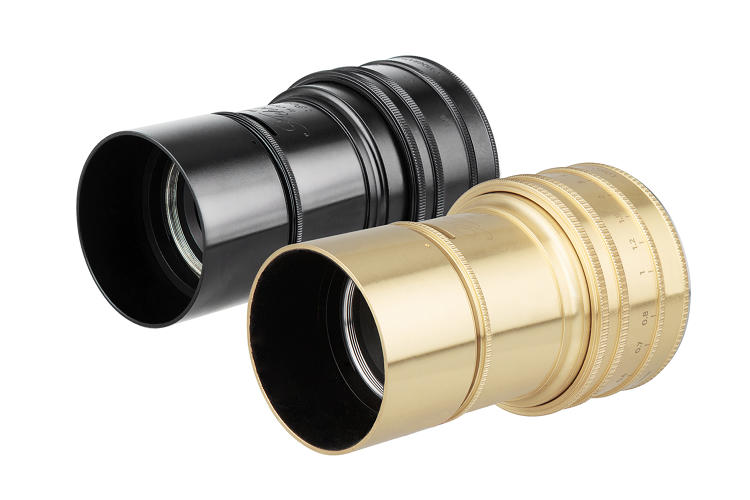

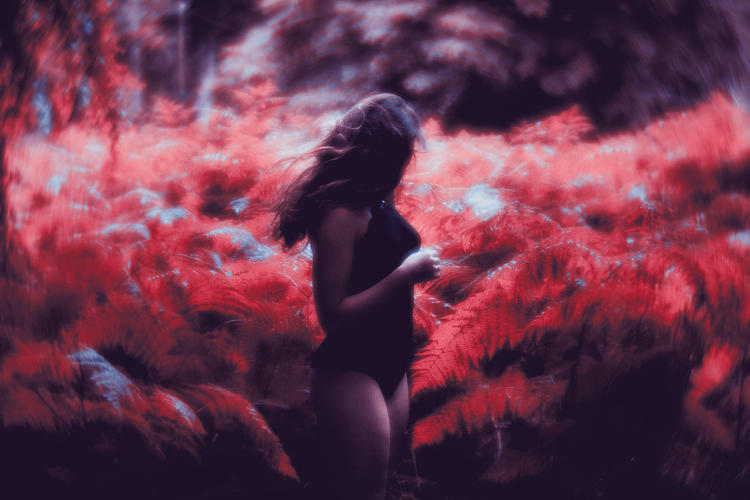
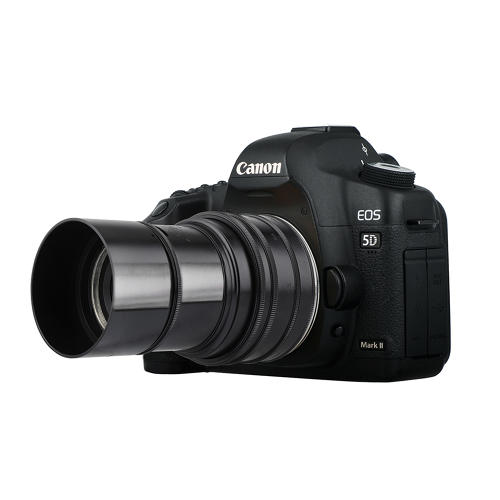



Lomography Daguerreotype Achromat Art Lens, (c) , Hong Kong (analogue)


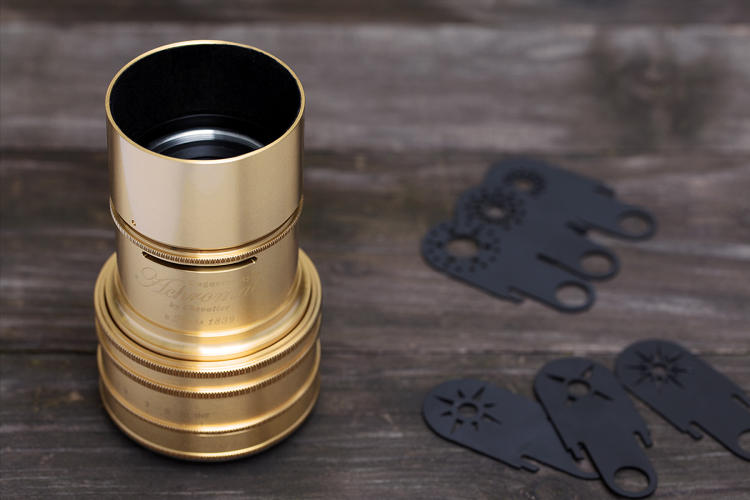

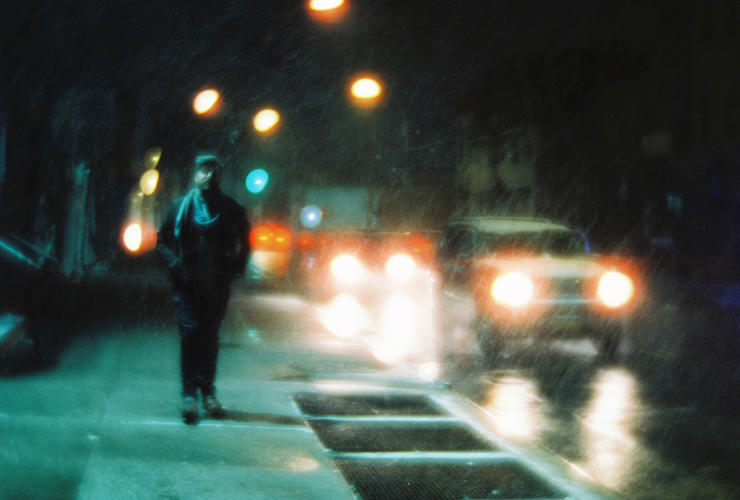


Fast Company , Read Full Story
(52)

